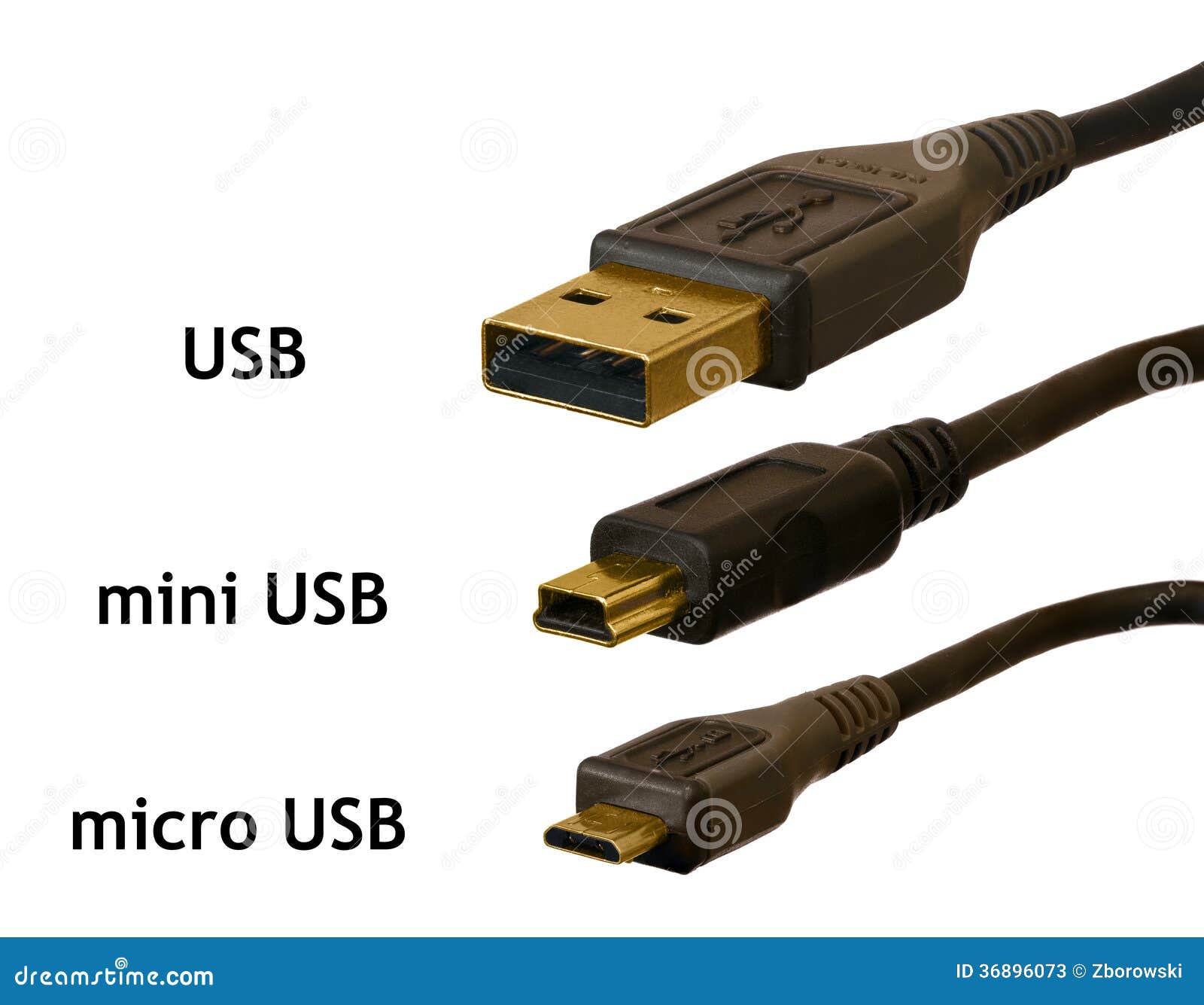

Things like external storage media, which need a high-speed connection into the computer, would use the parallel port as well, often with limited success and not much speed.Modems used the serial port, but so did some printers and a variety of odd things like personal digital assistants (PDAs) and digital cameras.Devices that needed faster connections came with their own cards, which had to fit in a card slot inside the computer's case.Most computers had at most two serial ports, and they were very slow in most cases. Unfortunately, the number of card slots is limited and some of the cards are difficult to install. The goal of USB is to end all of these headaches. The Universal Serial Bus gives you a single, standardized, easy-to-use way to connect up to 127 devices to a computer.

Just about every peripheral made now comes in a USB version. A sample list of USB devices that you can buy today includes:Ī typical USB four-port hub accepts 4 "A" connections.Ī hub typically has four new ports, but may have many more. You plug the hub into your computer, and then plug your devices (or other hubs) into the hub. As you'll see on the next page, the USB standard allows for devices to draw their power from their USB connection.īy chaining hubs together, you can build up dozens of available USB ports on a single computer.

A high-power device like a printer or scanner will have its own power supply, but low-power devices like mice and digital cameras get their power from the bus in order to simplify them. The power (up to 500 milliamps at 5 volts for USB 2.0 and 900 milliamps for USB 3.0) comes from the computer. If you have lots of self-powered devices (like printers and scanners), then your hub doesn't need to be powered - none of the devices connecting to the hub needs additional power, so the computer can handle it. If you have lots of unpowered devices like mice and cameras, you probably need a powered hub.


 0 kommentar(er)
0 kommentar(er)
